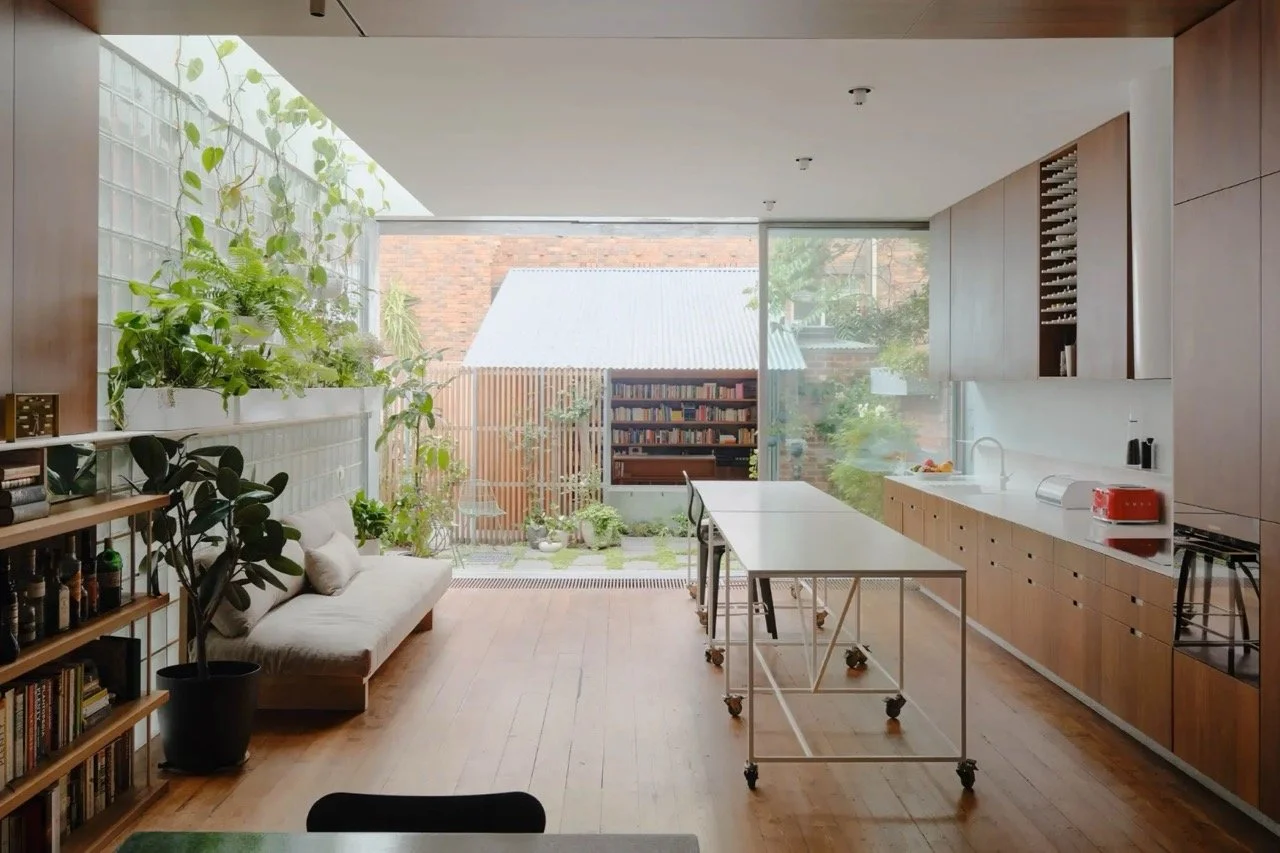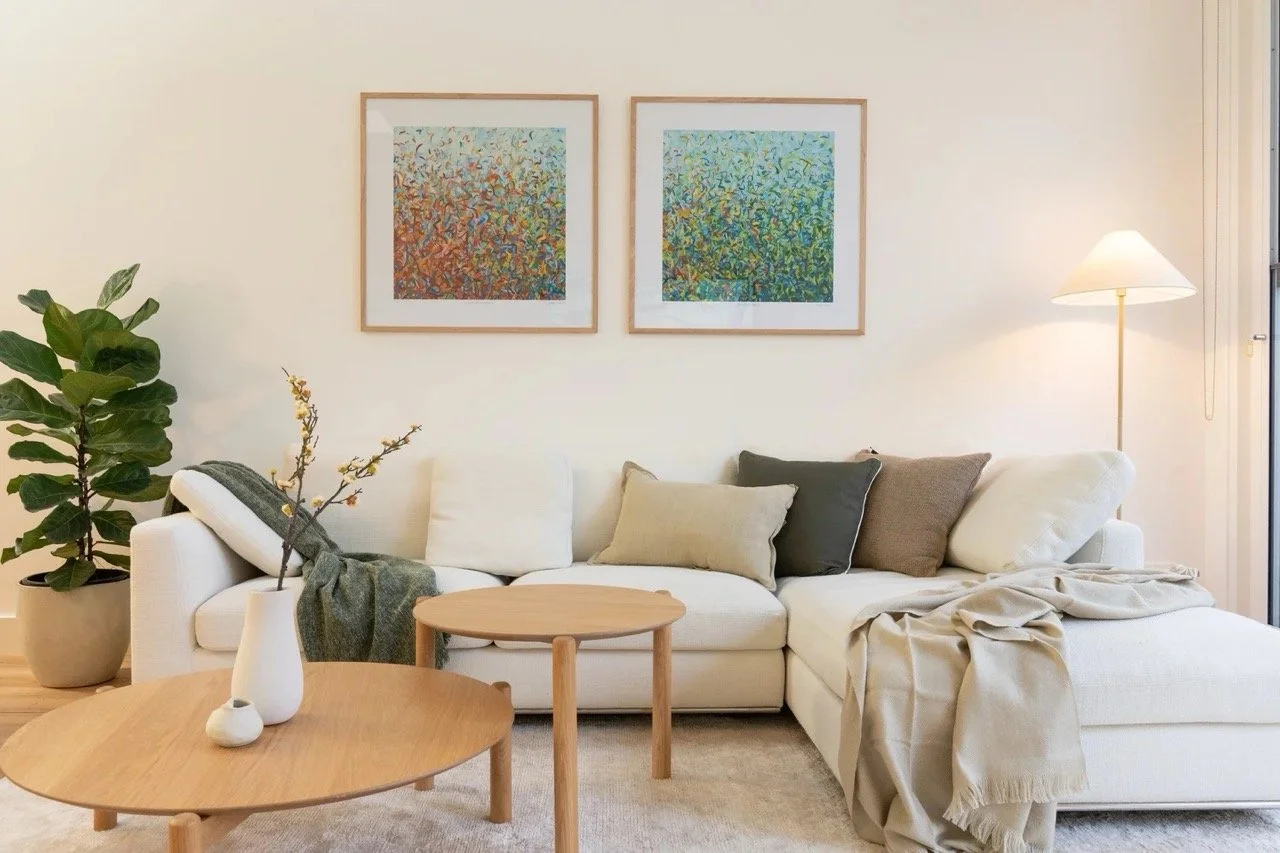The Indoor Plant Guide Everyones Needs
I used to murder every green thing I touched.
Seriously. I once killed a succulent …
The problem?
I was drowning them with love. Watering daily. Moving them around constantly to “find the perfect spot.”
Basically, treating them like needy houseguests instead of the independent creatures they actually are.
But I kept trying because I could see what plants did for other people’s homes.
Indoor plants completely transform spaces.
They soften hard lines, bring texture, add colour, and literally breathe life into a room.
The difference between my plant graveyard and those gorgeous, plant-filled homes I admired?
Understanding which plants would actually work for me and my space.
After years of expensive mistakes, I finally cracked the code on how to choose, style, and keep indoor plants alive without turning your living room into an unmanageable jungle.
What’s your purpose?
Before you buy your first pot, ask yourself these questions:
Do I want greenery mainly for looks?
Do I need low-maintenance plants because I travel?
Do I want a statement piece or just some subtle touches?
This matters more than you think.
A giant fiddle leaf fig looks incredible, but it’s not forgiving if you forget to water it. A snake plant, on the other hand, thrives on neglect.
Choose plants that match your lifestyle.
Photo by Tom Ross
Match your plants to your actual light
The number one reason plants die indoors? Wrong light.
I learned this after watching expensive plants slowly fade away in dark corners, and others that burnt from intense sunlight.
Bright, direct light: Succulents, cacti, jade plants, palm. Place them near big windows.
Bright, indirect light: Most tropical plants love this. Monstera, pothos, peace lilies, ficus.
Low light: Snake plants, ZZ plants, pothos. Perfect for hallways and corners away from windows.
Pro tip: If you have direct light but need indirect light, filter it with sheer curtains.
Photo by Ye Rin Mok (left) & Studio Sonny (right)
Treat your plants like decor
When you’re buying plants, think about their shapes, textures, and colours, and how you can design with them.
A plant with fine, trailing leaves is perfect if you want a soft, romantic texture in your space.
A plant with large leaves, like monstera or rubber plant, creates a bold, sculptural impact.
And don’t forget the pot. This is decor too.
Terracotta feels earthy. Matte ceramics feel modern. Woven baskets bring warmth and texture.
Photo by Martina Gemmola (left) & Viv Yapp (right)
Project WB
Think vertical, not just horizontal
Most people plonk plants on the floor and call it done.
But if you stop there, your home starts feeling cluttered.
Instead, try layering:
Hanging plants like pothos and string of pearls
Small plants on desks, coffee tables, and window sills
Tall statement plants in corners
Plants on various levels of bookshelves
This creates rhythm and makes your eye move around the space naturally.
Ami studio (left) & Kiritin (right)
Don’t over-care (seriously)
Most plants die from overwatering, not neglect.
Here’s my foolproof care method:
Stick your finger 2-3cm into the soil before watering. Dry? Water it. Still damp? Leave it alone.
Dust your leaves. Yes, really. Plants need clean leaves to photosynthesise properly.
Group plants with similar needs together. Makes watering schedules so much easier.
Project AN
Start with these nearly indestructible options
If you’re new to plants (or recovering from a killing spree like I was), try these:
ZZ Plant
Devil’s Ivy (Pothos)
Peace Lily
Monstera
Snake Plant
Philodendron
Rubber Plant
Peperomia
Here’s what changed everything for me
The best homes don’t treat plants as extras.
They’re integrated into how the home actually works.
Herbs in the kitchen. A plant near your desk to reduce screen fatigue. Trailing greenery that breaks up harsh architectural lines.
Your home becomes a living, breathing space instead of just furniture and walls.
Start with a few plants that suit your space and lifestyle. Get comfortable caring for them.
Then build from there.
I went from plant killer to creating spaces that feel truly alive.
Cheers,
Reynard








